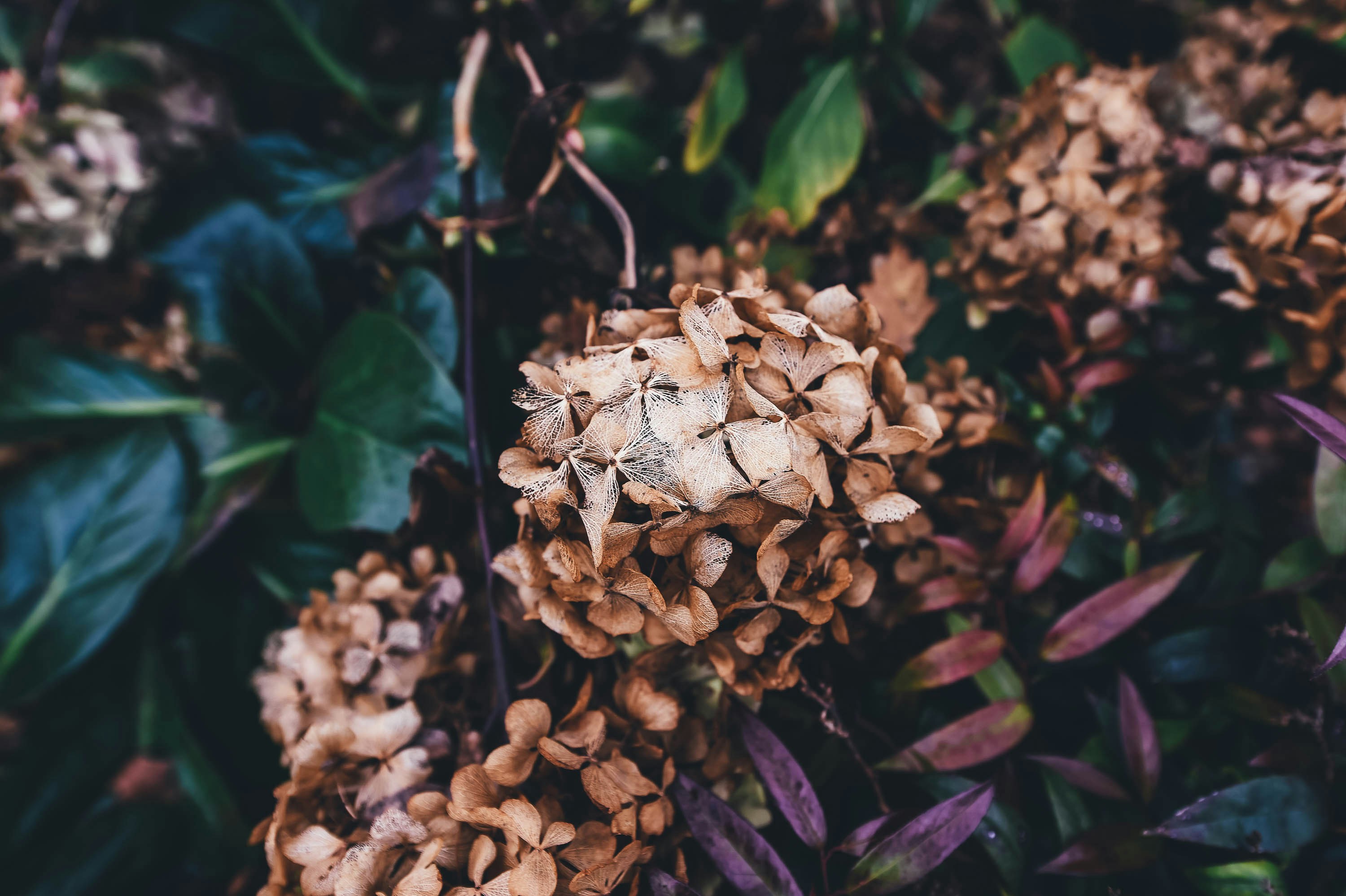Clearing Dead Plants After Winter
Learn why clearing dead plants after winter matters, how it affects your garden, and when to call a gardener or cleaner to prepare for spring.

Winter leaves many gardens looking tired and full of lifeless stalks, leaves, and branches. While some of this plant matter can provide shelter for insects and protect the soil, clearing dead plants after winter is often the first step towards a healthier and more vibrant garden in spring. For homeowners, knowing what to keep, what to cut back, and when to bring in professional help can make all the difference.
Why Dead Plants Need Attention
Dead and decaying plants don’t just affect how your garden looks. They can also:
- Harbour pests and disease that may spread to new growth.
- Block sunlight from reaching bulbs or fresh shoots.
- Create a slimy mess that can smother healthy plants.
- Delay spring growth by crowding out perennials.
Tidying up at the right time helps give your garden space to thrive when the weather warms.

Annuals, Perennials, and Everything in Between
Not all plants that look “dead” after winter are gone for good. It helps to understand the difference:
- Annuals complete their life cycle in one season. Once they die, they don’t return unless they’ve self-seeded.
- Biennials grow leaves in their first year, then flower and die in their second.
- Perennials can look lifeless above ground in winter, but their roots stay alive and regrow in spring.
If you’re not sure whether a plant is gone or just dormant, a quick test is to gently scratch the bark of stems or branches. Green underneath means life, brown means it’s dead.
Timing Matters
Clearing dead plants too early can expose soil and disturb insects overwintering in stems and leaves. Leave what you can until the weather starts to warm, but don’t wait so long that new shoots are smothered by last year’s growth.
- Early spring is often the best time for most regions.
- In warmer climates, clearing can start sooner as plants wake earlier.
- In colder climates, it’s best to wait until frost risks have eased.
What to Remove and What to Keep
When tidying your garden after winter, consider the role each plant plays.
- Remove completely: dead annuals, diseased plants, and anything that’s turned slimy.
- Cut back: herbaceous perennials like dahlias or crocosmia to encourage new growth.
- Leave standing if possible: upright stems that still provide cover for insects or have seeds for birds.
- Compost or mulch: shredded plant matter can be recycled into nutrient-rich soil additives.
Lawn and Border Care
Dead patches of lawn, moss, or fallen leaves can quickly turn into breeding grounds for weeds. Raking, reseeding, or mulching borders helps prevent problems later in the season. Bare spots can be filled with lawn seed during winter and early spring to outcompete weeds.
Borders cluttered with last season’s stalks can also be tidied now, giving bulbs and spring flowers more room to show off.

Vegetable Patches and Edible Gardens
If you’re planning on planting tomatoes, basil, or other summer crops, clear out old vegetable plants that no longer produce. Compost what’s healthy and dispose of anything diseased. Adding a fresh layer of compost or mulch helps prepare the soil for seedlings.
Winter is also a good time to plant hardy vegetables such as garlic, broad beans, and spinach, ensuring fresh food well into spring.
When to Bring in a Professional
Clearing out dead plants post-winter may sound straightforward, but it can be time-consuming, especially in large gardens or where woody perennials need careful cutting back. Hiring a gardener or outdoor cleaner through ServiceSeeking saves homeowners both time and effort. Professionals can:
- Safely prune trees, shrubs, and perennials.
- Dispose of green waste efficiently.
- Prepare lawns and borders for new planting.
- Identify which plants can be saved and which need removing.
With the right help, you’ll have a garden that’s not just tidy but ready to thrive in the warmer months.
Clearing dead plants after winter is about more than just appearance. It’s about setting up your garden for a healthy, productive spring. Whether it’s cutting back perennials, refreshing the lawn, or preparing vegetable beds, the job is best done with care and timing.
If you’d like to skip the hassle and make sure it’s done right, consider hiring a gardener or cleaner on ServiceSeeking.com.au. They are ready to help get your outdoor spaces in shape so you can enjoy your garden as the new season begins.
